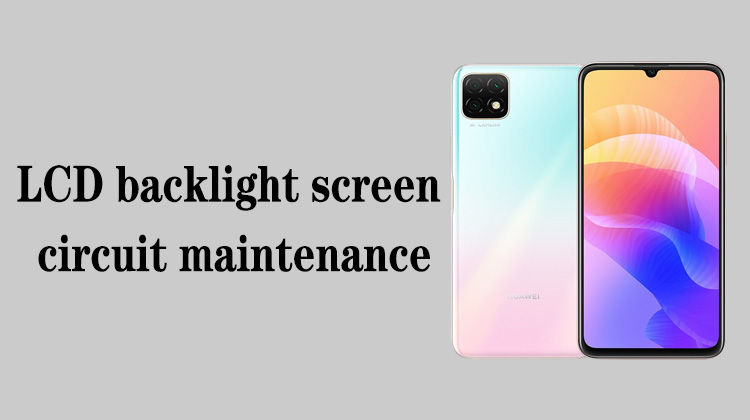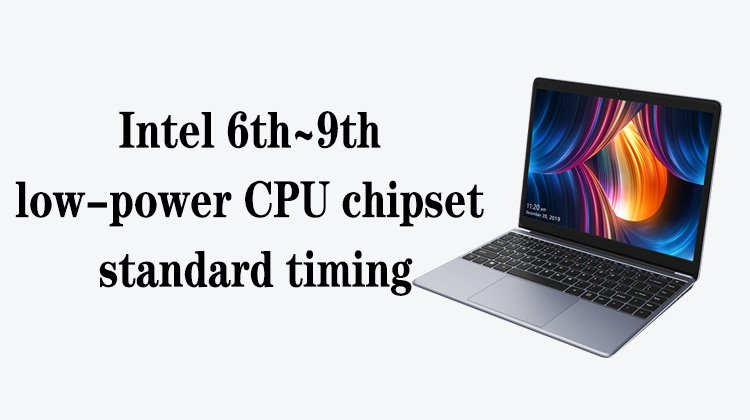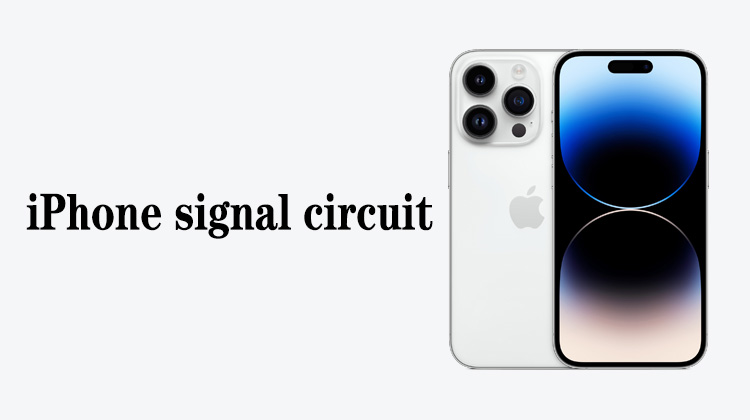1
00:00:00,566 --> 00:00:05,800
This lesson talks about the principle of sending and receiving in the 2G frequency band,
2
00:00:05,800 --> 00:00:10,800
that is, the principle of the sending and receiving channel of the frequency band
3
00:00:12,166 --> 00:00:14,900
Look at the received signal first
4
00:00:16,000 --> 00:00:20,833
The antenna converts the electromagnetic wave signal into an electrical signal,
5
00:00:20,833 --> 00:00:24,333
and conducts it to the filter through the coaxial switch
6
00:00:25,533 --> 00:00:30,533
After the filter filters out the clutter, it is given to the antenna switch
7
00:00:30,866 --> 00:00:35,066
The antenna switch depends on the card you insert in this phone
8
00:00:37,433 --> 00:00:43,233
If it is a China Mobile card, the antenna switch will use the receiving channel of B8
9
00:00:43,733 --> 00:00:49,133
If it is a China Unicom card, it will go through the receiving channel of B3,
10
00:00:49,633 --> 00:00:55,166
if it is a China telecom card, it will go through the receiving channel of B26
11
00:00:56,333 --> 00:01:00,366
This received signal is passed to the receiving amplifier
12
00:01:00,900 --> 00:01:08,166
The receiving amplifier amplifies the power of the signal, and the frequency does not change after amplification
13
00:01:12,500 --> 00:01:16,100
The signal is then passed to the RF transceiver
14
00:01:16,700 --> 00:01:20,166
The RF transceiver internally performs down-conversion,
15
00:01:20,466 --> 00:01:25,400
that is, removes the high-frequency carrier, demodulates the basic voice signal,
16
00:01:25,400 --> 00:01:28,633
and sends the IQ bus to the baseband CPU
17
00:01:29,766 --> 00:01:36,466
The baseband CPU performs demodulation, and the demodulated voice signal is sent to the CPU
18
00:01:38,400 --> 00:01:40,900
This is the channel it receives
19
00:01:41,400 --> 00:01:43,433
No matter which operator it is,
20
00:01:43,433 --> 00:01:48,500
the signal must pass through such components and finally reach the baseband CPU
21
00:01:50,566 --> 00:01:52,733
Let's see its launch process
22
00:01:53,500 --> 00:01:58,666
The baseband CPU modulates the sound signal transmitted by the large CPU,
23
00:01:58,666 --> 00:02:02,166
and sends it to the RF transceiver through the IQ signal
24
00:02:03,900 --> 00:02:07,166
The RF transceiver carries this low-frequency signal
25
00:02:07,166 --> 00:02:14,833
onto a high-frequency carrier to form a high-frequency transmitted electrical signal, such as the mobile GSM 900
26
00:02:19,200 --> 00:02:22,533
The signal is sent to the power amplifier
27
00:02:24,466 --> 00:02:31,366
The power amplifier amplifies the power of the transmitted signal, and then passes it to the antenna switch
28
00:02:32,200 --> 00:02:37,666
The antenna switch transmits this signal to the antenna end under the control of the baseband
29
00:02:37,666 --> 00:02:40,366
or the control of the radio frequency
30
00:02:42,166 --> 00:02:47,200
The filter filters out the clutter, and then it is handed over to the coaxial switch,
31
00:02:47,200 --> 00:02:49,766
and the switch is turned on to the antenna
32
00:02:50,466 --> 00:02:57,366
The antenna turns the signal into a high-frequency electromagnetic wave and transmits it to the base station
33
00:02:57,866 --> 00:03:02,400
This completes the reception and transmission of 2G signals
34
00:03:04,133 --> 00:03:08,266
This is the component that the 2G channel passes through
35
00:03:08,900 --> 00:03:13,400
If any component is abnormal, it will cause a signal failure
36
00:03:16,533 --> 00:03:20,566
All 2 g bands need to go through these main components
37
00:03:21,833 --> 00:03:23,966
That's all for this lesson






